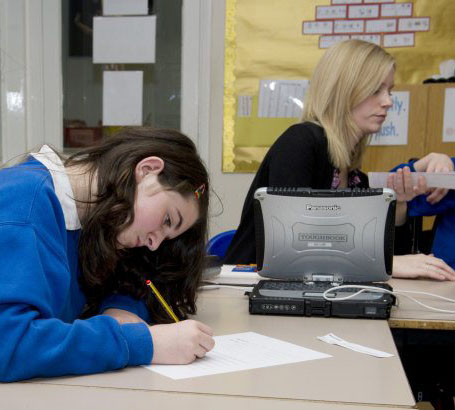
Person-centred planning (PCP) was introduced by in 2001 by the Department of Health as part of its 'Valuing People' policy. PCP attempts to involve adults with disability in an active way as service users. In some schools, where this approach has been adopted, children and their families have a much greater involvement in reviews.
A move towards PCP turns the focus of reviews away from simply the child's progress in respect of the national curriculum, to a more holistic view of their life. It shifts the emphasis from it simply being an educational review to one which involves other members of the community including, for example, professionals from respite care, housing and leisure services.
PCP looks at quality of life from the viewpoint of the child.
Listen to this audio clip in which a deputy head explains the difference between person-centred planning and a more traditional approach to planning for pupils with disabilities.

Read Adams, L., Beadle-Brown, J., and Mansell (2006) Individual planning: an exploration of the link between quality of plan and quality of life, British Journal of Learning Disabilities, 34, 68-76.
This text reinforces the position taken by many educationalists on the importance of PCP.
